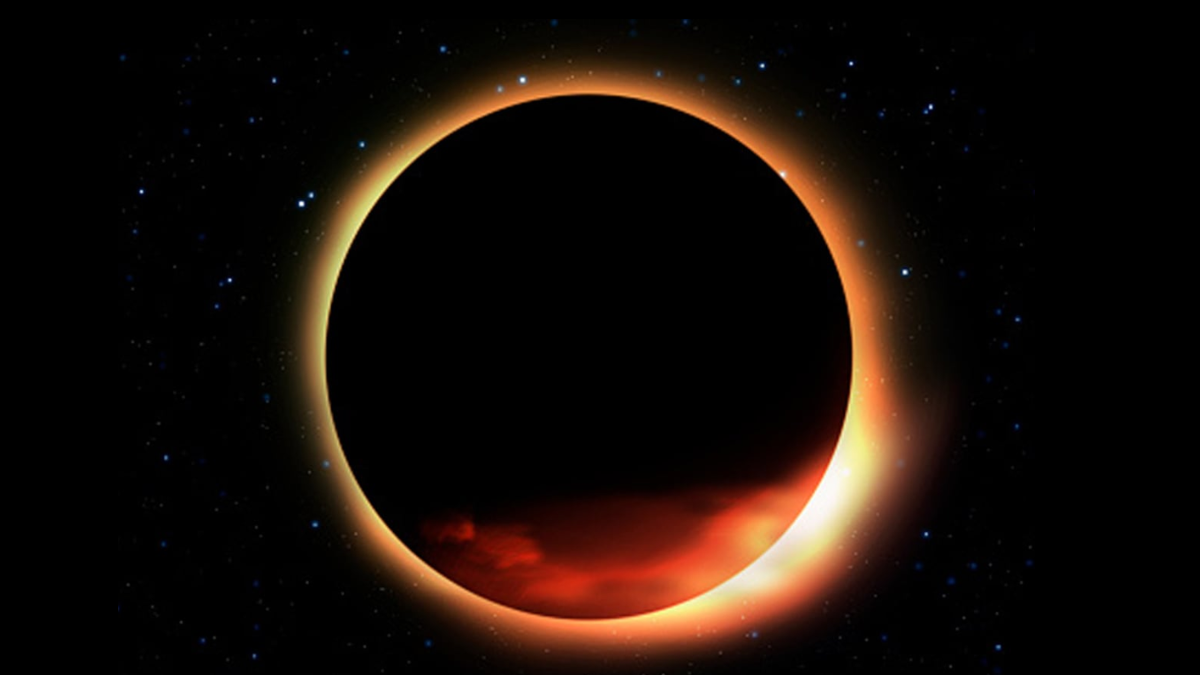
total solar eclipse 2024 where, when and how to watch
Today marks the occurrence of a remarkable celestial event – the total solar eclipse of 2024. As the moon positions itself between the sun and Earth, a path of darkness, known as the “path of totality,” will sweep across North America, offering a rare glimpse of the sun’s corona and transforming daytime into an eerie twilight.
Where to Watch
The eclipse’s journey begins over the South Pacific before crossing Mexico, the United States, and Canada. States such as Texas, Arkansas, Missouri, Illinois, and New York, as well as provinces like Ontario, Quebec, and Prince Edward Island, will witness this celestial ballet. A partial eclipse will be visible from all 48 contiguous U.S. states.
Viewing Locations
Major cities such as Dallas, St. Louis, Indianapolis, and Toronto lie within or near the path of totality, offering prime spots for observation. The 2024 eclipse will boast a wider path of totality compared to its 2017 counterpart, covering approximately 108-122 miles and passing over more densely populated areas.
The Phases of the Eclipse
Throughout the eclipse, observers will witness various phases. It commences with a partial eclipse, gradually forming a crescent shape as the moon obscures the sun. Baily’s Beads, points of light around the moon’s edges, create a mesmerizing effect. Just before totality, a diamond ring appears, signaling the moment when a single bright spot shines along the lunar edge.
Differences from Annular Eclipses
Unlike annular eclipses, where the moon does not fully cover the sun, leaving a “ring of fire” visible, the 2024 total solar eclipse promises a complete blackout of the sun within the path of totality.
Read more: Punjab Gears Up for Heavy Rain with Emergency Plans in Place
Eclipse Future
In the next few months and years, there are more eclipses coming up for people around the world to see, says NASA.
On October 2nd of this year, there will be an annular solar eclipse. It will be seen in South America, and there will be a partial eclipse visible in South America, Antarctica, the Pacific Ocean, the Atlantic Ocean, and North America.
Read more: Sindh, Including Karachi, Braces for Heavy Rain and Thunderstorms
Then, on March 29, 2025, there will be a partial solar eclipse. People in Europe, Asia, Africa, North America, South America, the Atlantic Ocean, and the Arctic Ocean will be able to see it.
and Lastly on September 21, 2025, there will be another partial solar eclipse. This time, it will be visible in Australia, Antarctica, the Pacific Ocean, and the Atlantic Ocean.


